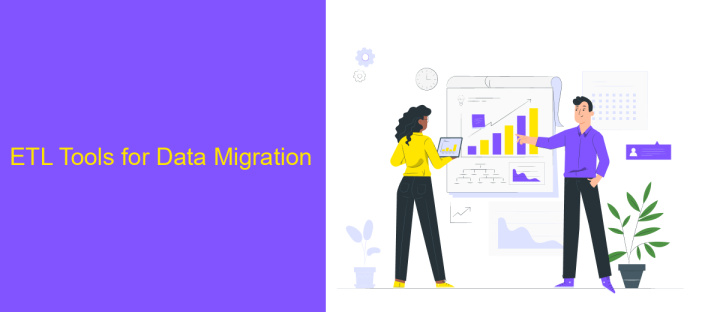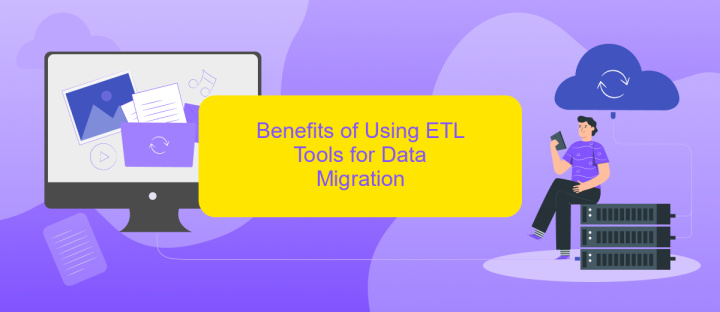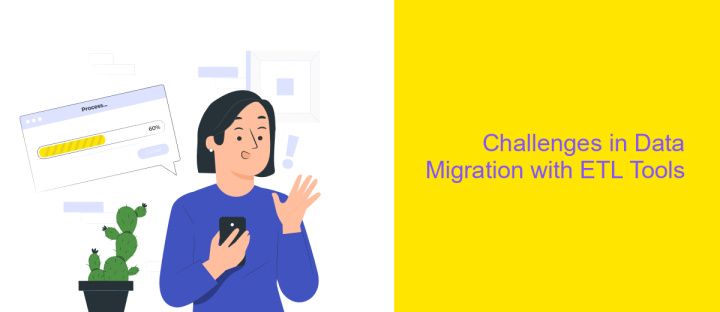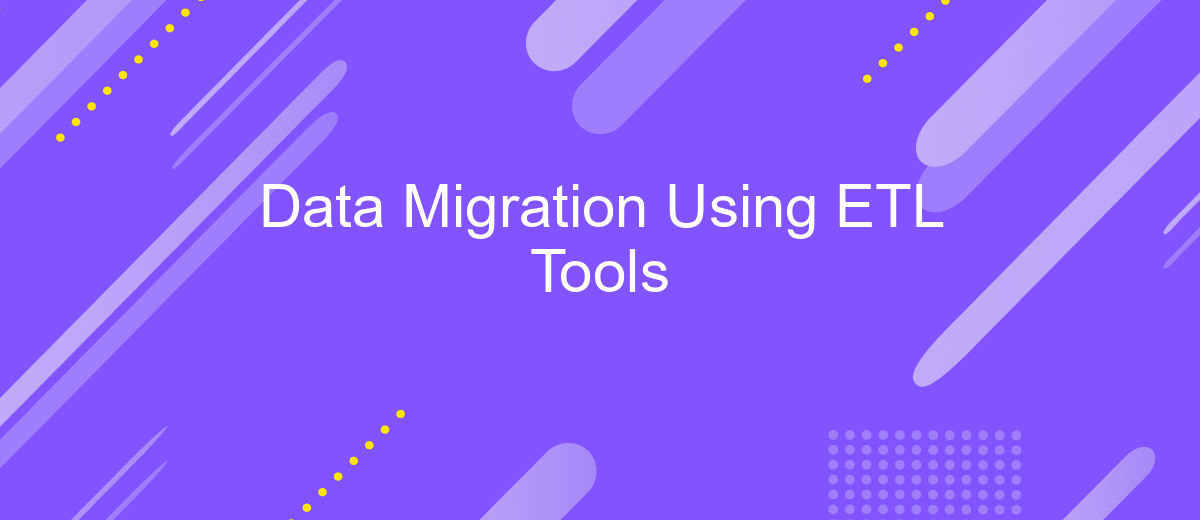Data Migration Using ETL Tools
Data migration is a critical process for organizations looking to upgrade systems, consolidate data, or transition to the cloud. Utilizing ETL (Extract, Transform, Load) tools can streamline this complex task, ensuring data integrity and minimizing downtime. This article explores the essentials of data migration using ETL tools, highlighting their benefits, common challenges, and best practices for successful implementation.
Introduction
Data migration is a critical process for organizations looking to upgrade systems, consolidate data, or move to cloud-based solutions. The process involves transferring data from one system to another, ensuring accuracy, consistency, and minimal downtime. ETL (Extract, Transform, Load) tools are essential for managing these complex migrations efficiently.
- Extract: This step involves retrieving data from various sources, such as databases, CRM systems, and flat files.
- Transform: During this phase, the extracted data is cleaned, validated, and formatted to meet the requirements of the target system.
- Load: Finally, the transformed data is loaded into the new system, ensuring it is ready for use.
ETL tools like ApiX-Drive streamline the data migration process by providing automated workflows and seamless integration capabilities. These tools help businesses minimize errors, reduce manual effort, and ensure data integrity. With the right ETL solutions, organizations can achieve a smooth transition and maintain business continuity during migrations.
ETL Tools for Data Migration

ETL (Extract, Transform, Load) tools are essential for data migration, as they streamline the process of transferring data from one system to another. These tools ensure data is accurately extracted from its source, transformed into a suitable format, and loaded into the target system. Popular ETL tools like Apache Nifi, Talend, and Informatica provide robust solutions for handling large data volumes and complex transformations, making them suitable for various data migration scenarios.
When it comes to integrating different systems during data migration, services like ApiX-Drive can be invaluable. ApiX-Drive simplifies the integration process by offering a user-friendly platform for connecting various applications and automating data workflows. This service ensures seamless data transfer and synchronization between systems, reducing the risk of errors and saving time. By leveraging ETL tools and integration services like ApiX-Drive, organizations can achieve efficient and reliable data migration, ensuring data integrity and consistency across all systems.
Benefits of Using ETL Tools for Data Migration

Using ETL tools for data migration offers numerous advantages that streamline and enhance the process. These tools simplify complex tasks, ensuring data consistency and integrity. By automating data extraction, transformation, and loading, ETL tools reduce manual effort and minimize errors.
- Efficiency: ETL tools automate repetitive tasks, significantly speeding up the migration process.
- Data Quality: They ensure high data quality by validating and cleaning data before loading it into the target system.
- Scalability: These tools can handle large volumes of data, making them suitable for enterprises of all sizes.
- Integration: ETL tools like ApiX-Drive facilitate seamless integration between various data sources and destinations.
- Cost-Effectiveness: By reducing the need for manual intervention, ETL tools lower operational costs.
Incorporating ETL tools into your data migration strategy can lead to more efficient, accurate, and scalable outcomes. Tools like ApiX-Drive enable easy integration with multiple platforms, further simplifying the migration process. Ultimately, leveraging ETL tools ensures a smoother transition and better data management in the long run.
Challenges in Data Migration with ETL Tools

Data migration using ETL tools often presents several challenges that can complicate the process. One of the primary issues is data quality, where inconsistencies and inaccuracies in the source data can lead to flawed migrations. Additionally, ensuring data security during the transfer is a critical concern, as sensitive information must be protected from breaches.
Another significant challenge is the complexity of integrating diverse data sources. Different systems may have varying data formats and structures, making it difficult to achieve seamless integration. Performance issues can also arise, especially when dealing with large volumes of data, which can slow down the migration process and impact overall efficiency.
- Data quality and consistency
- Data security and compliance
- Integration of diverse data sources
- Performance and scalability
To mitigate these challenges, tools like ApiX-Drive can be invaluable. ApiX-Drive offers automated data integration solutions that simplify the process of connecting various systems, ensuring data is transferred accurately and securely. Utilizing such services can significantly enhance the efficiency and reliability of data migration projects.
Best Practices for Data Migration with ETL Tools
When conducting data migration using ETL tools, it is essential to start with a comprehensive assessment of the existing data landscape. This involves identifying the data sources, understanding the data structure, and mapping out the data flow. It is also crucial to establish clear objectives and a timeline for the migration process. Ensuring data quality through validation and cleansing before the migration can significantly reduce errors and improve the reliability of the migrated data.
Another best practice is to leverage automation tools like ApiX-Drive to streamline the integration process. ApiX-Drive offers a user-friendly interface and a wide range of pre-built connectors that facilitate seamless data transfer between different systems. Additionally, conducting thorough testing in a staging environment before the final migration can help identify and resolve potential issues. Regular monitoring and validation post-migration are also essential to ensure data integrity and performance. By following these best practices, organizations can achieve a smooth and efficient data migration process.
FAQ
What is ETL in data migration?
Why is data transformation important in ETL?
How do ETL tools handle data quality issues?
What are the common challenges faced during data migration using ETL tools?
Can ETL processes be automated?
Strive to take your business to the next level, achieve your goals faster and more efficiently? Apix-Drive is your reliable assistant for these tasks. An online service and application connector will help you automate key business processes and get rid of the routine. You and your employees will free up time for important core tasks. Try Apix-Drive features for free to see the effectiveness of the online connector for yourself.

